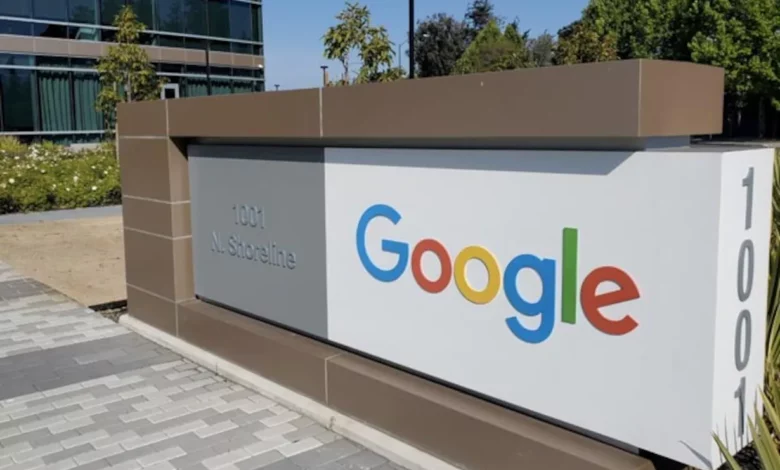Google Fined $113 Million in Second India Antitrust Penalty

Google Fined $113 Million in Second India Antitrust Penalty
As punishment for “abusing” its dominant position on its Android mobile app store, India’s antitrust authority penalised Alphabet Inc.’s google 9.4 billion rupees ($113 million), the second time in recent days.
After determining that google was “dominant” in the Indian market for smartphones with licensable operating systems and app stores, the Competition Commission of India issued a “cease-and-desist” order against anti-competitive behaviour on Tuesday.
Additionally, the regulator requested Google to refrain from preventing app developers from utilising third-party billing or payment-processing services.
According to a statement from the anti-trust agency, it has been instructed to adopt a non-discriminatory approach toward other apps that accept payments through the Unified Payments Interface, or UPI, a state-sponsored system. A request for comment sent to Google was ignored.
The regulator’s decision was made just a few days after it fined Google $162 million for advancing the dominance of its Android mobile operating system.
Because Google abused its dominant market position, CCI fined the company Rs 936 crore.
A Rs 1,338 crore fine was levied against Google by the antitrust authorities last week for abusing its dominant position in a number of areas relating to the domestic Android mobile device ecosystem.

In order to punish Google for abusing its dominant market position in relation to its Play Store regulations, the Competition Commission of India (CCI) levied a fine of Rs. 936.44 crore on Tuesday. Additionally, the court issued a cease-and-desist order and instructed the tech company to change its behaviour within a set time frame, including enabling third-party payment methods on its app store for creators of mobile applications. According to the CCI order, Google has 30 days to furnish the necessary financial information and supporting documentation.
A fine of Rs 1,338 crore was levied against Google by the antitrust authority the week before for abusing its dominant position in a number of areas relating to the domestic Android mobile device ecosystem.
According to CCI, Play Store standards mandate that app developers utilise Google Play’s billing system (GPBS) exclusively and compellingly for both the receipt of payments for their apps and other digital products as for some in-app transactions. Additionally, app developers are not permitted to utilise wording that entices users to buy a digital good outside of the app or include a direct link within an app to a website that accepts an alternate payment method.

The large pool of prospective clients represented by Android users will be lost if the app developers do not abide by GPBS, which prevents them from listing their apps on Play Store. Making it necessary to use GPBS for in-app and paid app purchases in order to access the Play Store is arbitrarily one-sided and without any valid commercial interest. The inherent option to choose a payment processor of their choosing from the free market is lost to the app creators.
It’s interesting to note that Google does not enforce the same rules for its own programs, like YouTube. The antitrust agency claimed that because YouTube does not pay the service cost imposed on other apps covered by the GPBS rules, this amounted to the imposition of discriminatory conditions and pricing.
In response to complaints from homegrown software developers, the CCI opened an investigation into Google’s Play Store policies in 2020. It also looked into claims that competing UPI payment apps like PhonePe, Paytm, and BharatPe were left off the Play Store’s list of alternate payment methods. The Commission observed that other UPI apps could only handle transitions through the “collect flow” payment methodology, in contrast to Google Pay, which is Google’s own UPI payment service by default coupled with the “intent flow” payment methodology.

In comparison to collect flow technology, the intended flow payment approach is often regarded as being superior and more user-friendly, and it provides both customers and merchants with a number of benefits. According to the order, the intent flow methodology’s success rate was also discovered to be higher due to lower latency.
However, Google notified CCI that it had just revised its stance and now let competing UPI apps be connected with the more effective intent flow approach.
Edited by Prakriti Arora




